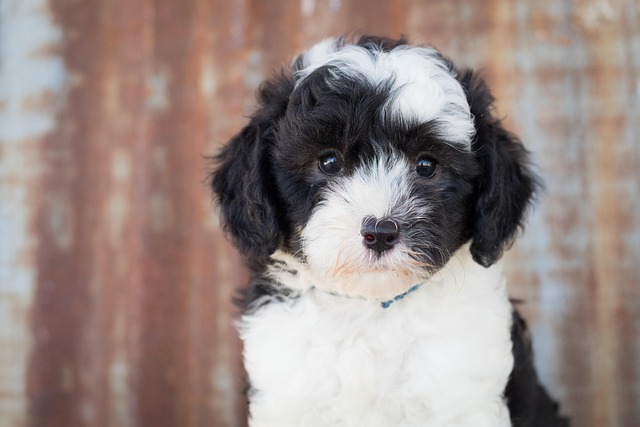
What is the hardest dog to take care of?
Trying to figure out which dog is the toughest to care for? It’s not a one-size-fits-all answer. But certain breeds demand more time, patience, and resources than others.
That first wobbly encounter between your squishy new pup and your overly enthusiastic neighbor can make any owner sweat! Introducing puppies to new people isn't just about preventing jumping or nipping—it's about wiring their brain to associate strangers with good things, setting them up for a lifetime of relaxed greetings. Puppies have a critical socialization window closing around 16 weeks, meaning positive early experiences deeply shape their future confidence. Force a scared pup into a hug, and you risk creating lasting fear; let them choose to investigate at their pace with rewards, and you build trust.
Here’s how to make introductions stick without stress. Before the meet-up: exercise your pup lightly so they’re calm(ish!). Arm yourself with tiny, high-value treats (think boiled chicken bits). For the actual intro, ditch the "just let them say hi!" approach. Instead, have the new person ignore the puppy initially—no eye contact, no baby talk. Ask them to sit sideways on your Atlanta apartment couch or kneel sideways in a Seattle park. Let your pup sniff freely while the person gently tosses treats away from themselves onto the floor. If your pup stays relaxed, the person can slowly offer a hand below chin level (never over the head!) for sniffing, continuing treat-tossing. Keep it under 2 minutes initially. Crucially, watch body language: lip-licking, yawning, or cowering means "I'm done!"—end the session immediately. This positive reinforcement training method teaches your pup that new humans predict chicken showers, not overwhelm.

Now, the American context: compliance and culture rule. Until your puppy completes their full vaccination series (typically around 16 weeks!), avoid high-risk public areas like dog parks or busy sidewalks in cities like Austin. Rabies vaccines are legally required later—check your state laws! If meeting people outdoors, always carry biodegradable bags; fines for un-scooped poop can hit $300 in places like Portland. Culturally, physical corrections are unacceptable. Yanking the leash when they jump, or scolding fear, violates modern animal welfare standards and can damage your bond. Instead, teach "four paws on the floor" by rewarding calm sits before greetings happen. If your pup jumps, have the visitor turn away instantly—removing attention works better than yelling.
Lifestyle integration is key. In a NYC apartment? Practice "meeting" delivery people: keep pup leashed behind a baby gate, reward quiet curiosity as you accept the package. Suburban homes? Train polite driveway greetings—reward when they sit as your neighbor approaches. Always ask permission ("Can they say hi?") before letting strangers interact; not everyone likes puppies, and it teaches your dog impulse control. Remember: a puppy who learns to greet calmly in your Chicago high-rise elevator or at a Portland farmer’s market grows into a dog welcomed everywhere. That’s not just good manners—it’s community safety.

Trying to figure out which dog is the toughest to care for? It’s not a one-size-fits-all answer. But certain breeds demand more time, patience, and resources than others.

When it comes to choosing a furry companion, one of the most common questions dog lovers grapple with is whether small dogs are healthier than their larger counterparts. It’s a complex topic that doesn’t have a one - size - fits - all answer,

Picture merging onto a Los Angeles freeway with your Labrador, Max, when sudden braking sends his 65-pound body lurching toward the dashboard.

You’re cuddling with your furry friend on the couch when you notice: their once - shiny coat now looks dull and feels like straw.

Imagine your French Bulldog, Buster, sunbathing on your Miami balcony. Those adorable wrinkles soaking up rays seem harmless—until he develops scaly pink patches on his belly.

Seeing your dog wince when they stand up or hesitate before climbing the stairs tugs at your heartstrings. Arthritis is a tough battle for many senior dogs and large breeds, but you don’t always need prescription meds to offer relief.